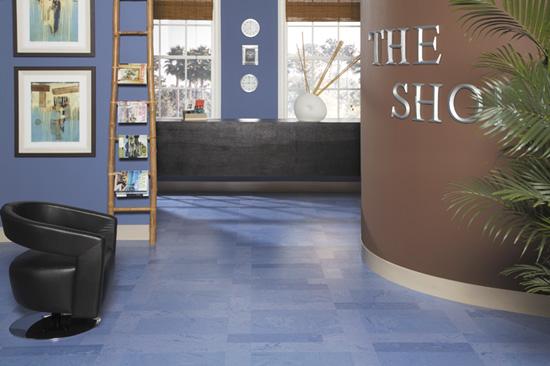Top 250 Design Survey 2009 - October 2009
By Darius Helm
One year ago, hard on the heels of the financial meltdown, commercial designers and architects saw new projects, particularly in the corporate sector, grind to a near halt—thanks to the immediate impact of the credit crunch. The last 12 months have been tough on the design community, with firms competing fiercely for their share of the shrinking pie and consequently doing a lot of shrinking themselves. Commercial activity has shifted, priorities have shifted, and design sensibilities have also reacted to conditions.
With business tough and profits tight, critical short term issues like pricing have increased in importance, but at the same time, a focus on practical matters like product performance and service—matters that don’t yield much in the short term—reflect a more thoughtful, measured response to conditions.
However, that response does not extend to the most practical long term approach of all—sustainability. While some designers report that sustainability, in particular environmental sustainability, remains a guiding light for their clients, and while the green movement is actually faring relatively well in this economy, sustainability is in general exerting less influence on purchasing decisions than it did a year ago—or than it will next year, if all goes well.
In terms of practical flooring products, carpet tile continues to be the hottest product out there, come rain or shine, and this year sheet vinyl and VCT figured more prominently, as did rubber. Vinyl and rubber offer great value due to performance capabilities and long lifecycles, and while that figures into their popularity this year, it’s their use in the growing healthcare market that accounts for much of their prominence.
While carpet tile still does the bulk of its business in the corporate sector, the product is taking share, mostly from broadloom, in the education, healthcare, institutional, retail and government sectors—and even in hospitality.
Last year, the corporate market was already losing ground to growth sectors like education, which for the first time in the history of the survey accounted for more top projects than any other market sector. While education edged out corporate by about a point in 2008, this year corporate has taken back a couple of points, largely because of an apparent slowdown in big K-12 projects. However, both sectors had a smaller piece of the pie because of the surge in healthcare projects. So, at least for now, healthcare is the top market.
Among survey respondents, the worst part of the corporate market was the large and medium office sector, which was off 20% from last year. The percentage of Fortune 500 projects among top jobs remained the same at 5%, as did the small office category at 2%. However, three years ago Fortune 500 jobs accounted for 10% of all top jobs.
For the complete 250 Design Survey results, see the October 2009 issue of Floor Focus Magazine.
Copyright 2009 Floor Focus
